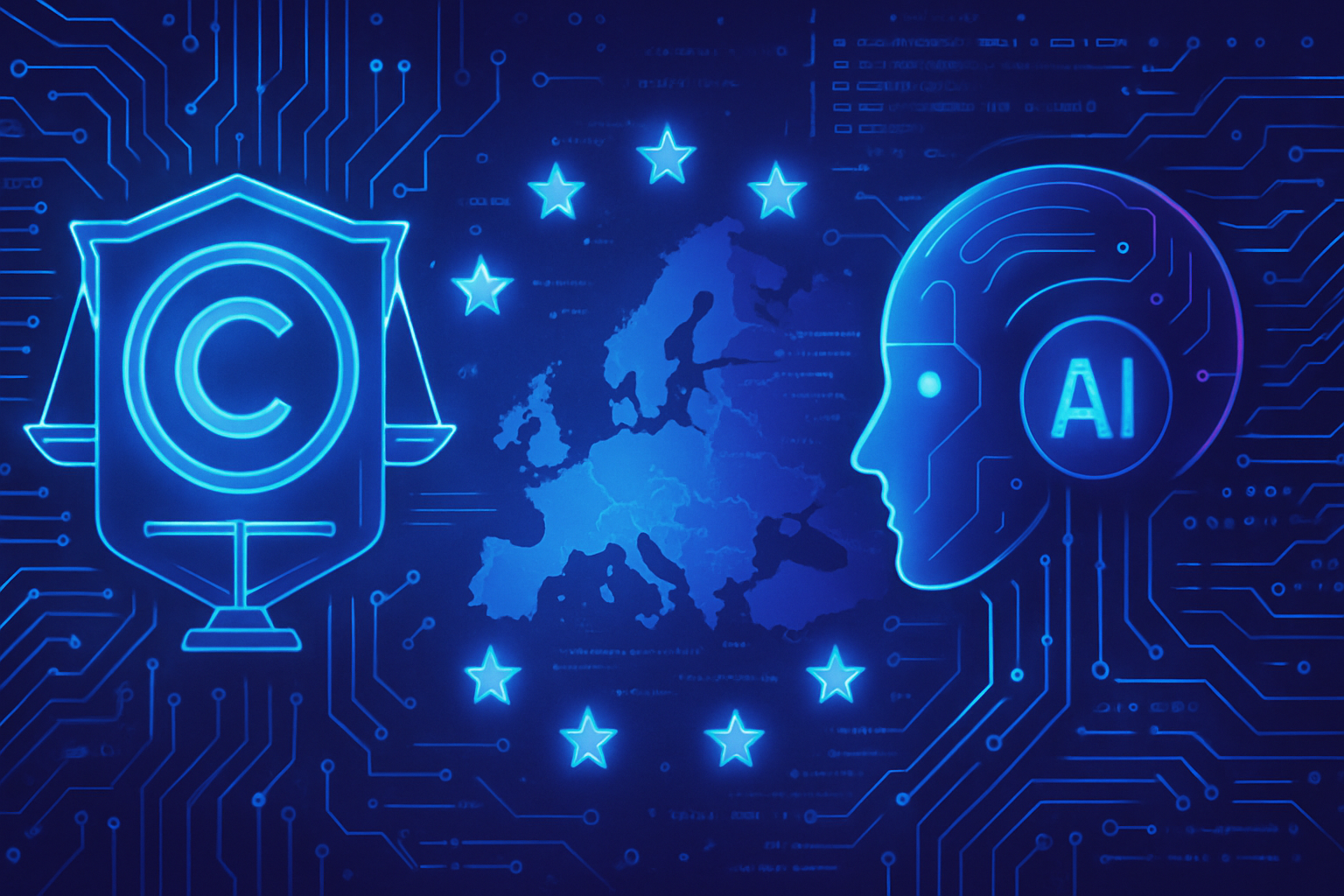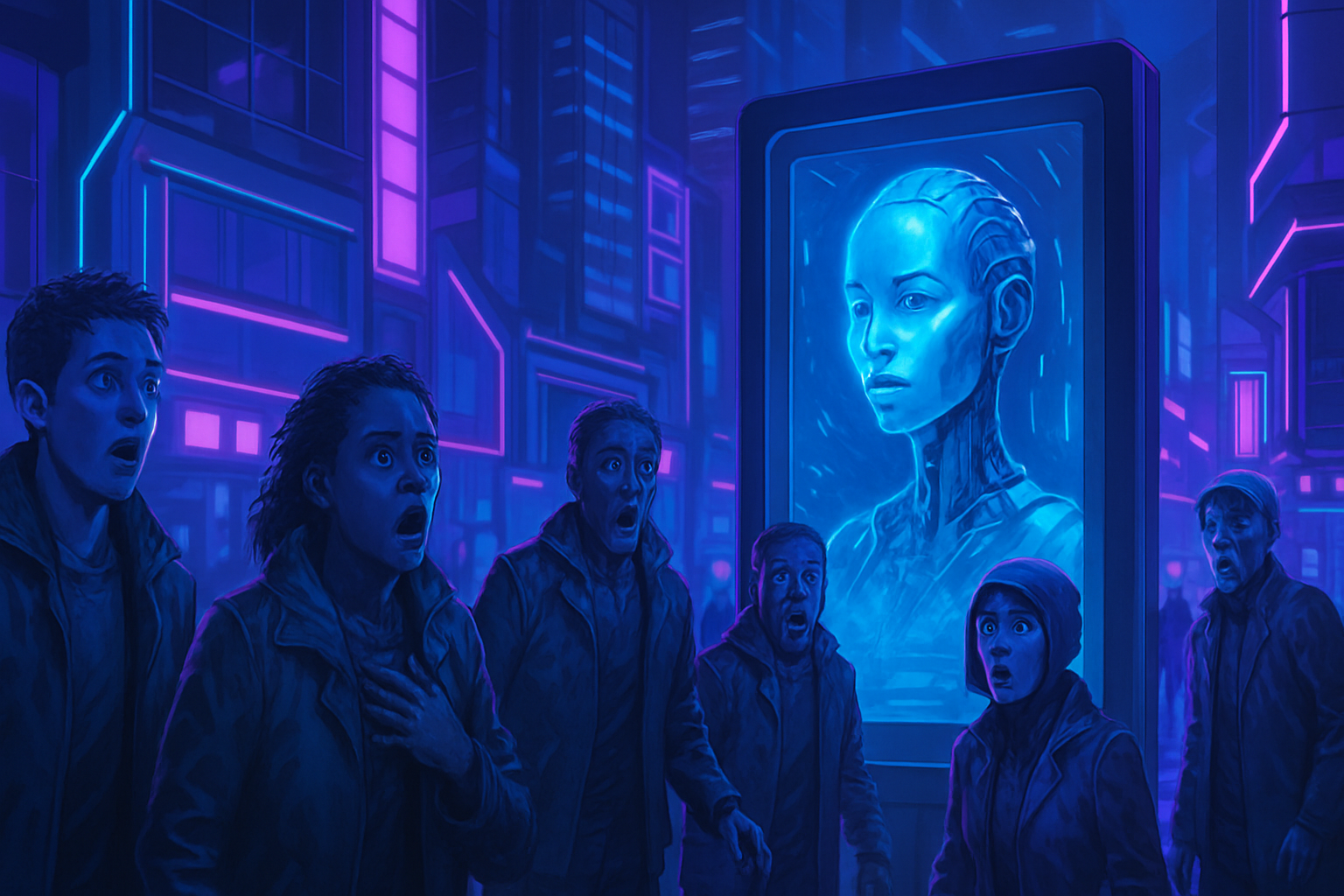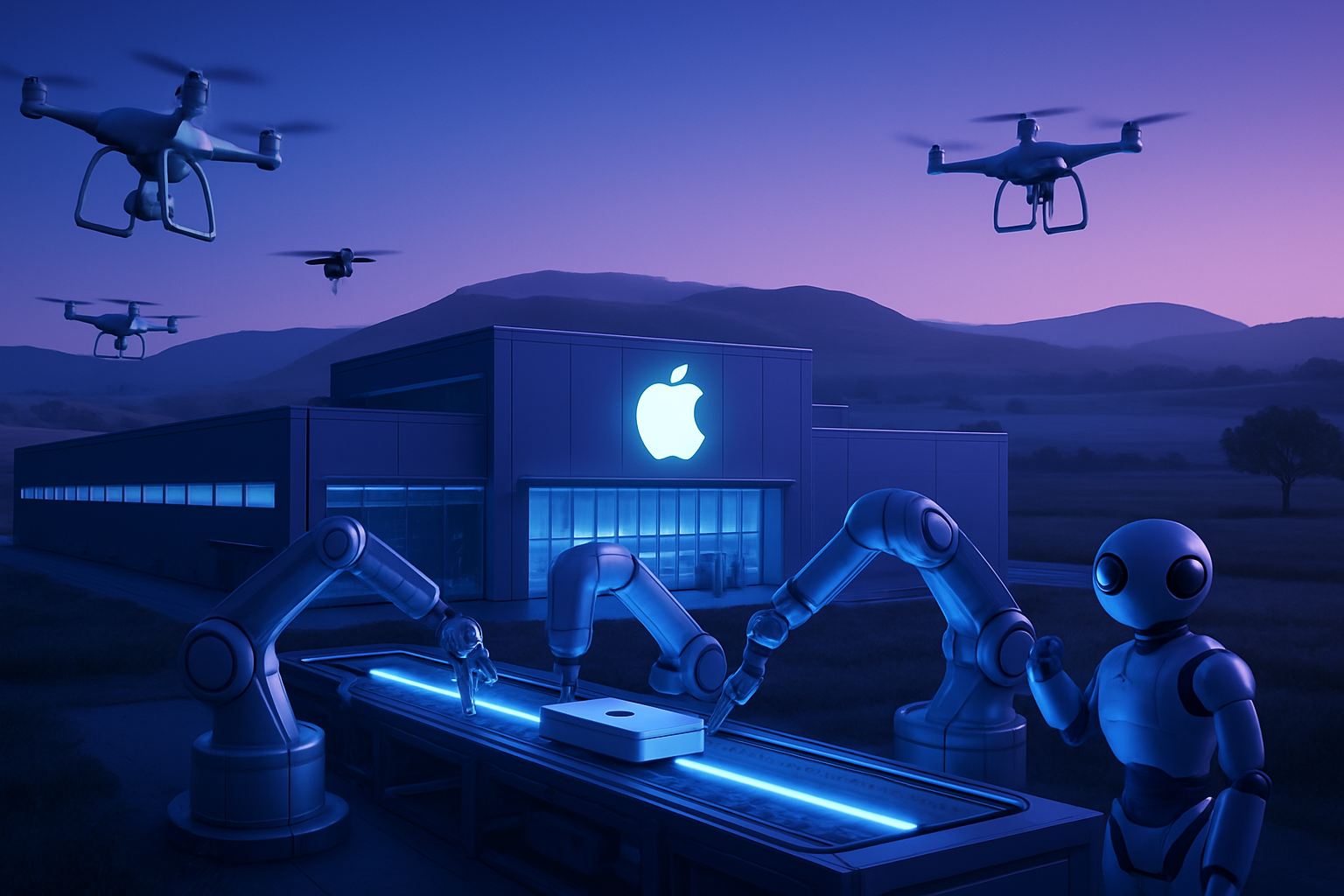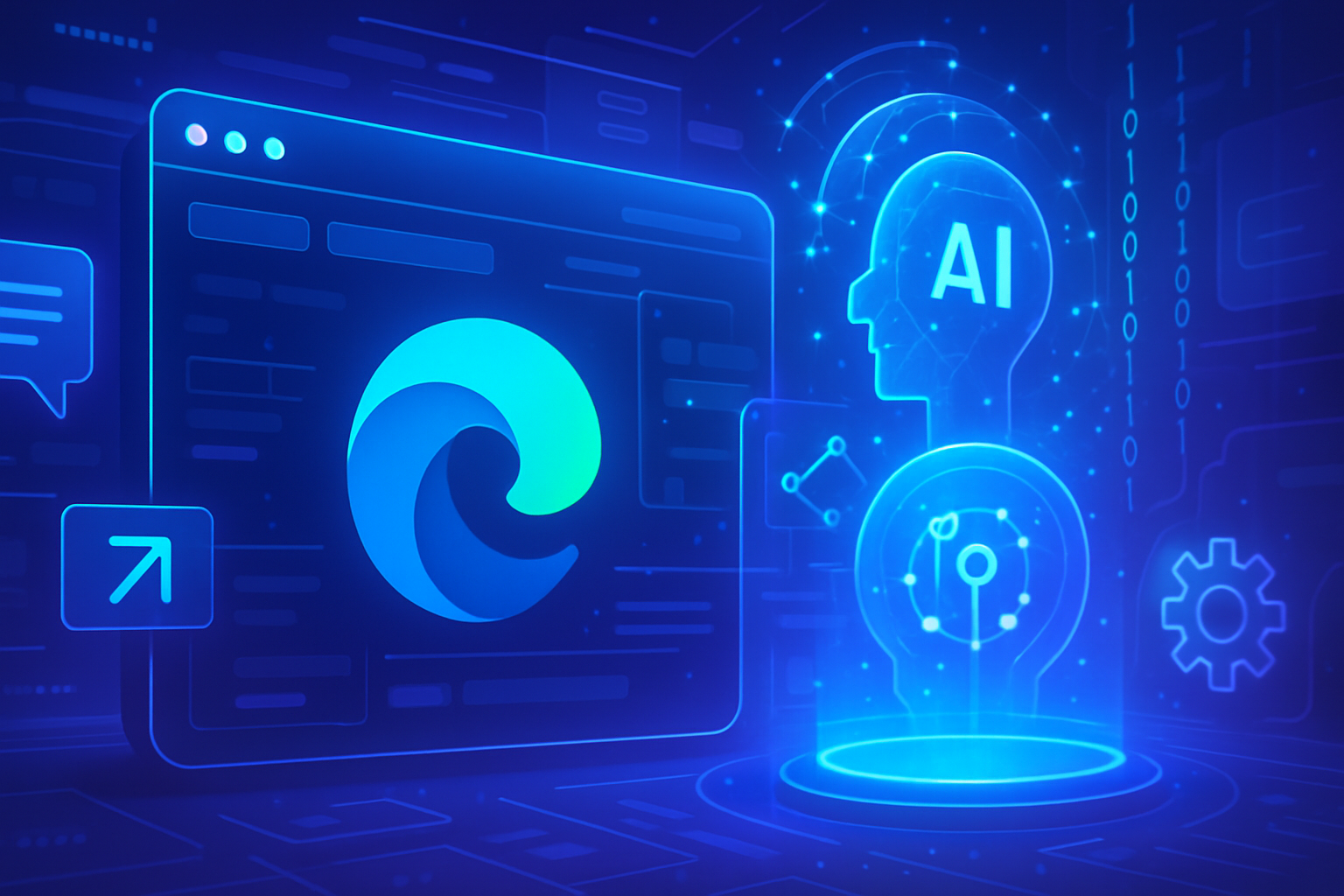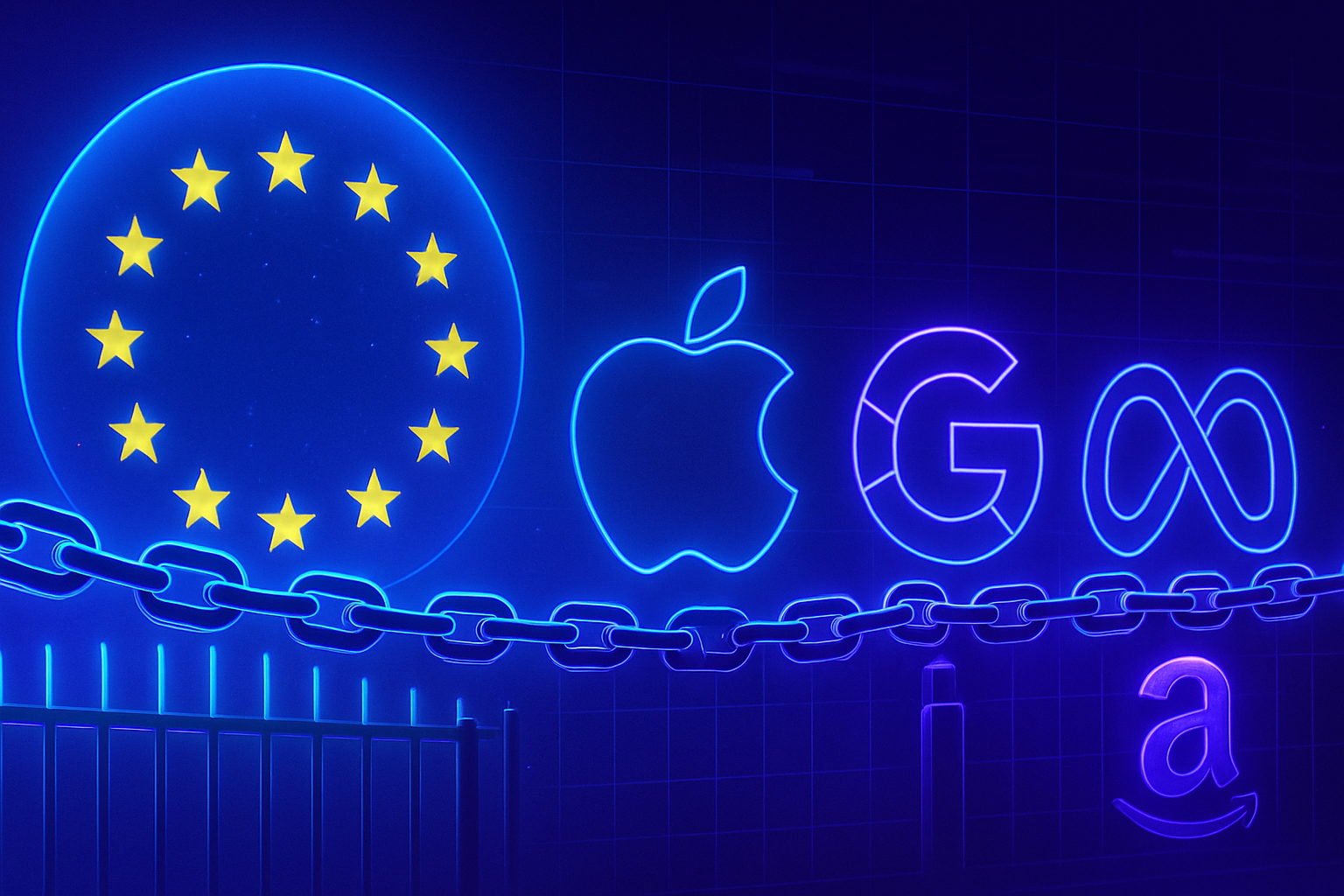The exception of TDM, a true catalyst for innovation, is transforming the European legal landscape. By allowing the automated mining of protected content, it provides artificial intelligence companies with unprecedented leverage to develop revolutionary solutions. Currently, copyright demands a balance between protecting creators and freedom of innovation. Implementing this exception poses legal and practical challenges related to managing opt-outs. The impact on AI could redefine the relationships between creators and tech enthusiasts.
The TDM Exception: An Innovative Mechanism
The European Union has established an exception to copyright, called text and data mining (TDM), to regulate the automated mining of data. This mechanism transforms the relationships between creators and innovators in the field of artificial intelligence. By allowing digital tools to explore vast amounts of data, including protected content, the EU is opening new perspectives for AI companies.
Strengthening the Competitiveness of AI Companies
The implementation of the TDM exception represents an unprecedented opportunity for AI companies to develop innovative solutions. This measure provides a legal framework conducive to the growth of innovation and the emergence of disruptive technologies. AI services, such as ChatGPT, can now train on potentially protected content, thereby facilitating rapid advancements in technological capabilities.
The Balance Between Copyright and Innovation
The creation of the TDM exception aims to preserve the balance between protecting the rights of copyright holders and the interests of users of protected content. This mechanism ensures that access to protected content must be lawful. Rights holders can also assert an opt-out right, allowing them to oppose the mining of their works.
Practical Challenges Related to Opt-Out
The opt-out right is a vital guarantee for the protection of copyright. However, its practical implementation raises significant challenges. Many rights holders express their opposition through various letters or non-standard formats. This lack of uniformity complicates the processing of opt-out requests for AI providers, as legislation requires a machine-readable process.
Tools Offered by AI Stakeholders
In response to the complexity of the opt-out process, some AI stakeholders are developing specific tools for rights holders. These tools allow them to exercise their opt-out through processes that are suitable and identifiable by AI systems. Thus, greater flexibility and better rights management can be achieved.
Transparency and Responsibility
The AI regulation requires providers to publish a detailed summary of the data used for training. This transparency requirement aims to reassure rights holders, allowing them to validate the absence of unauthorized exploitation of their works. The burden of proof often falls on the party alleging a violation, thus necessitating legal tools to establish any unlawful use.
Negotiating Fair Compensation
When rights holders exercise their opt-out right, but content is still sought by providers, negotiating a fair compensation becomes essential. However, individually negotiating for each protected work faces a massive volume of data. This approach could hinder innovation in the artificial intelligence sector, requiring more viable solutions.
The Stakes for the Future of AI in Europe
Defining a favorable negotiation mode between rights holders and AI operators is a crucial challenge. Stakeholders in the sector must collaborate to establish a balanced legal framework that facilitates the development of artificial intelligence while respecting the rights of creators. The stakes are multiple and complex, but the path to innovation is clearly shaping up within this new regulation.
Frequently Asked Questions about the TDM Exception and Copyright
What is the TDM exception?
The TDM exception, or text and data mining, is a measure adopted by the European Union that allows AI tools to automatically analyze content, including that protected by copyright, for the purpose of innovation and research.
How does the TDM exception impact copyright?
It redefines the relationships between creators and innovators by allowing broader access to data, thus facilitating the development of artificial intelligence solutions without violating copyright.
What are the main conditions for applying the TDM exception?
The main conditions include that access to protected content is lawful and that rights holders can exercise an opt-out right to oppose the use of their work.
What challenges do copyright holders face regarding opt-out?
Rights holders face challenges such as the lack of standardization in opt-out requests, making their processing difficult for AI providers.
How can AI companies ensure respect for copyright while using the TDM exception?
Companies must implement control tools that allow rights holders to exercise their opt-out in a machine-readable manner and ensure the transparency of the training data used.
What proof measures are available for copyright holders in case of infringement?
Rights holders can use legal tools such as seizure for infringement or summary judgment to collect evidence of unlawful use of their works by AI providers.
Is it possible to negotiate compensation if a rights holder exercises their opt-out right?
Yes, parties can negotiate fair compensation if AI providers wish to use content despite the exercise of the opt-out, but this remains difficult to manage on large volumes of data.
How does the TDM exception promote innovation in the AI sector?
It allows extensive exploration of vast datasets, facilitating the development of new AI solutions and applications without fear of copyright violations, which is crucial for the competitiveness of businesses.
